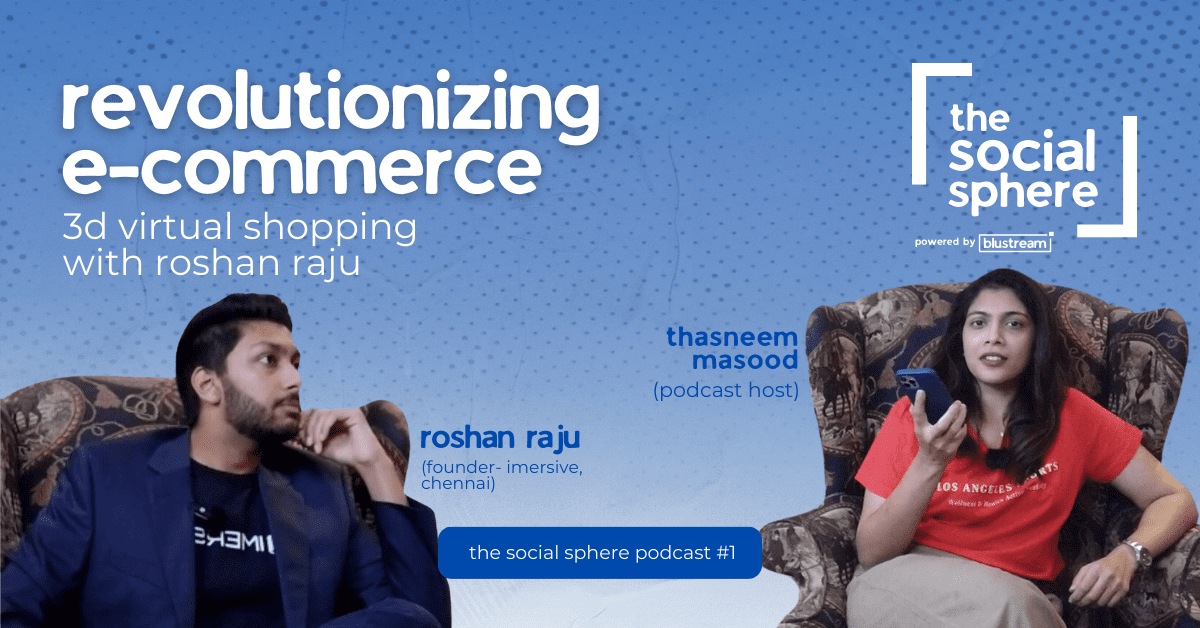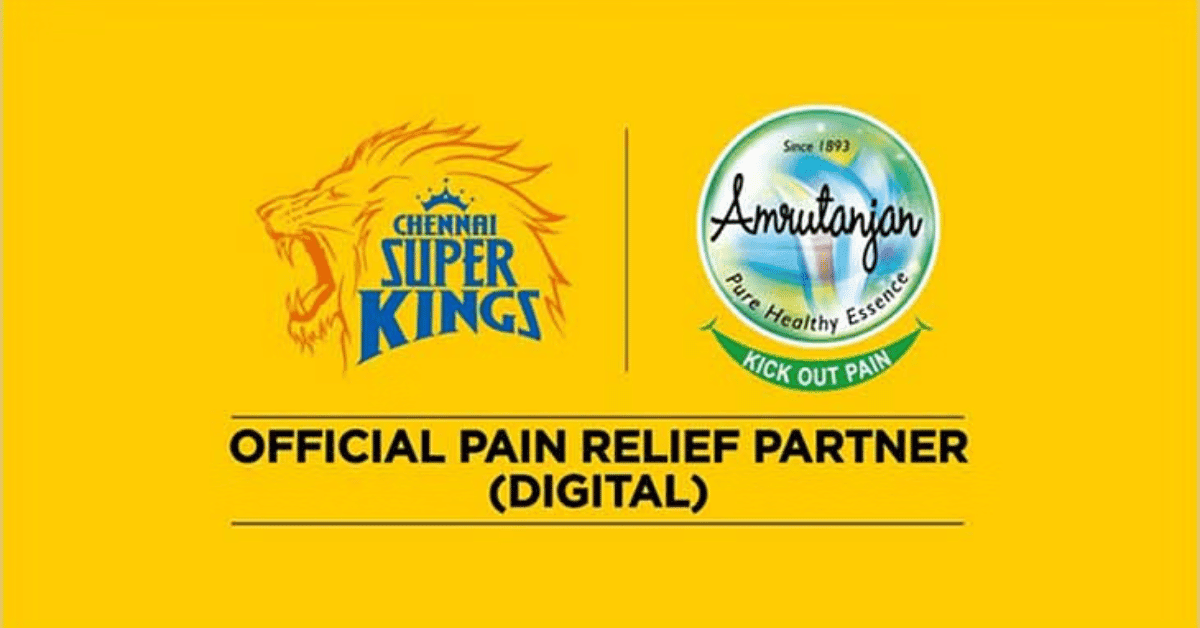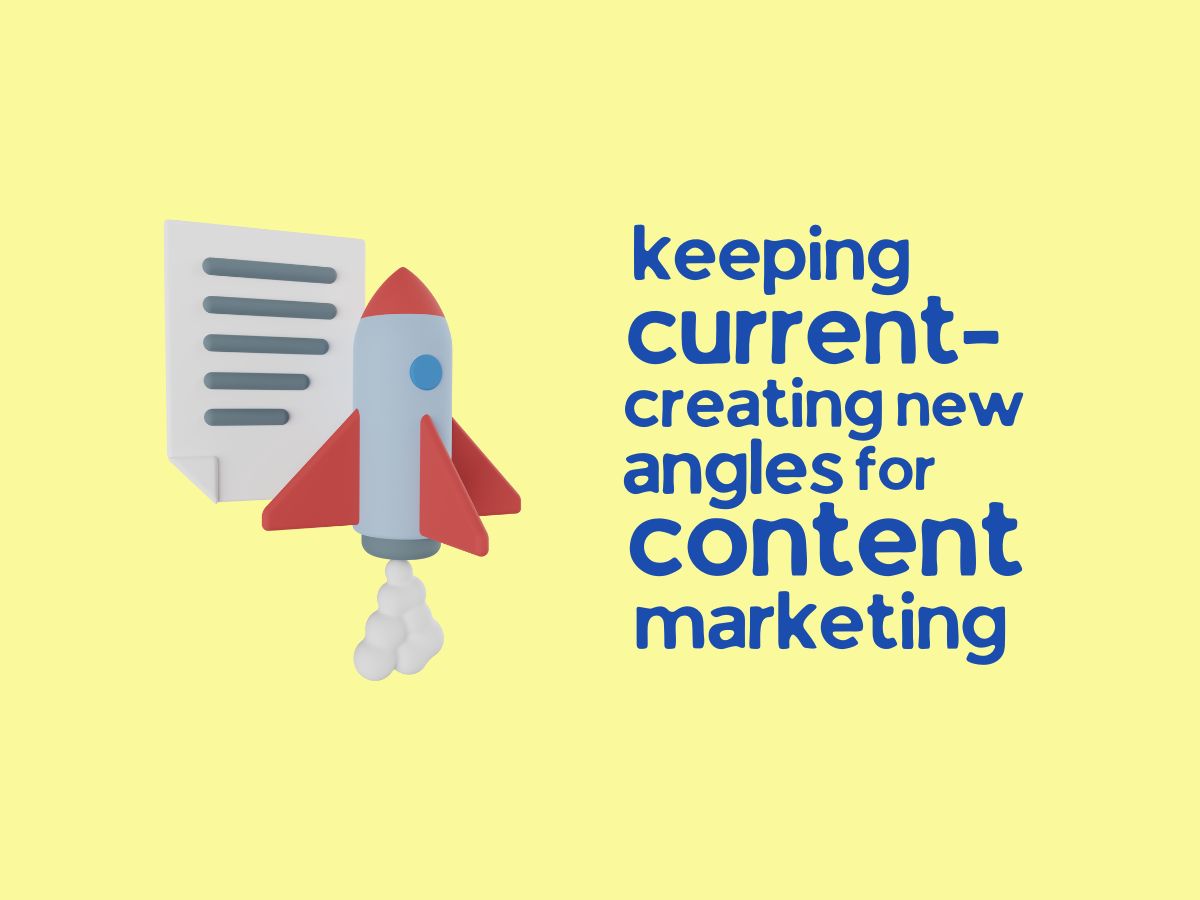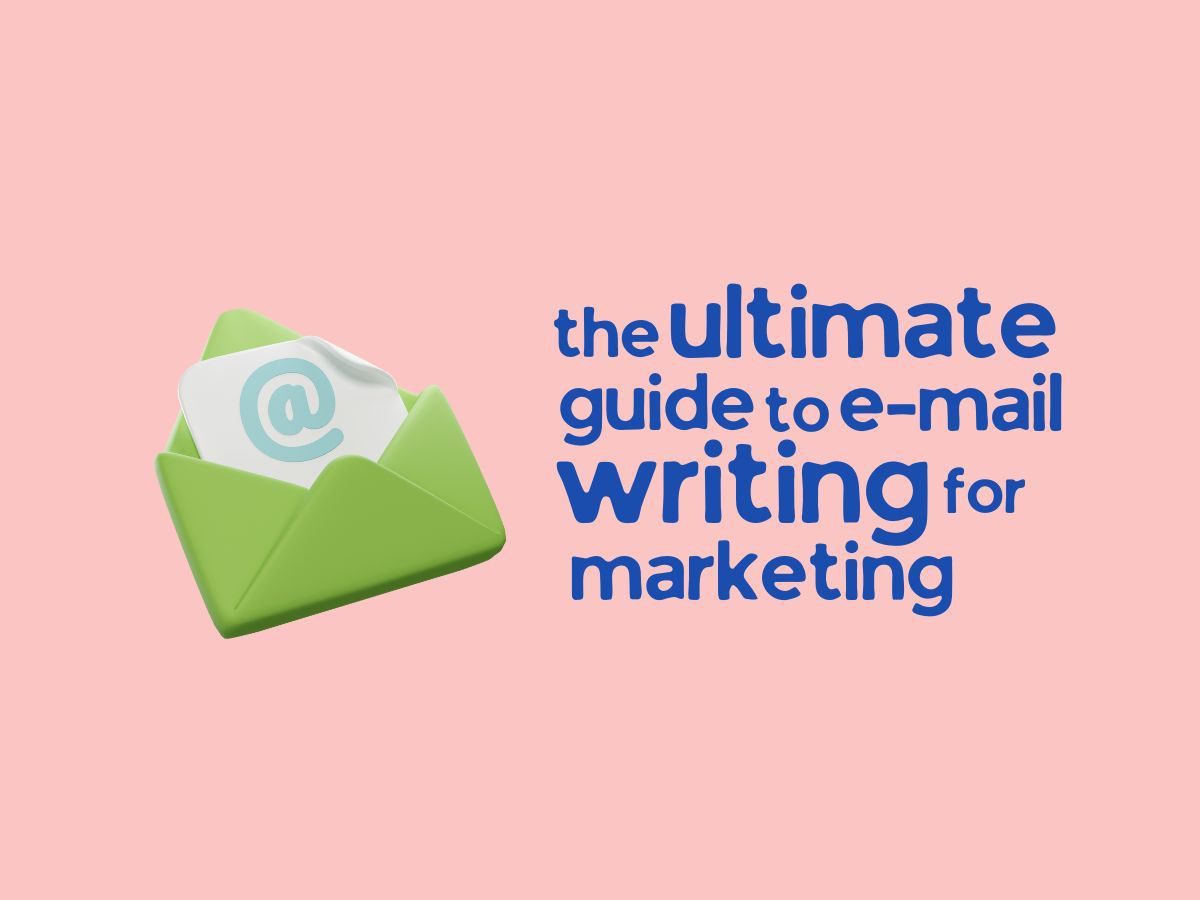Every marketer wants to create a better customer experience. The prospect or consumer experience is key to not only conversion and increased revenue, but also customer loyalty and advocacy, so this is what makes or breaks your business.
The Marketing Evolution: The Leadership, Transformation, Skills, Challenges & the Future study found that 71% of senior marketers and 61% of mid-tier marketers are responsible for their organization’s digital transformation.
Yet, according to The 2021 State of Digital Transformation, only 23% of CMOs are supporting digital transformation, with more IT taking the lead.
However, that is not the case as the leader and her team are perfectly positioned to play an active role in the transformation. This blog validates the skills and knowledge that will level up your marketing to accelerate and execute some of the best digital transformation strategies.
Why is a marketing manager best suited to lead?
The role of the marketing team is to inform, influence and transform. This requires unique skills and broad insight into how companies and clients work. When it comes to creating a digital transformation strategy, marketing leaders can step back and look at the big picture. Create a vision of where your company is and needs to be.
This applies to the company as a whole and its functions, not just marketing. Because digital transformation must focus on the entire customer lifecycle, not just part of it.
Know Your Customers Your job is to keep up to date with new trends and developments. This includes not only technology but also customer needs and behaviours. This is important for any business when planning scenarios and looking to the future.
The importance of customer experience cannot be ignored either. Customers are becoming more sophisticated and demand a consistent and seamless omnichannel approach across all touchpoints across the organization.
So when your customers click on your social media post to learn more about your new product, make sure the next touchpoint is related to that product (such as a custom landing page) and mentions your brand. Otherwise, you will quickly lose your customer’s attention.
Understanding Data
Marketing leaders rely on data. This can help you make better decisions, whether it’s paid advertising performance or conversion rates.
There may be vast amounts of data, but it’s the ability to uncover critical insights for your business. You need data that drives performance, leads, and sales. Your marketing team can help your business get there.
Developing a strategy for digital transformation requires not only understanding business data, but also the entire ecosystem. Do you know what your competitors are doing? What is your industry overview and what are the key developments over the next 12 months?
Market research and forecasting are part of the CMO’s job. It’s about assessing the external environment and understanding how companies fit into it. This allows you to improve where it matters and focus on areas that may be underdeveloped or under-resourced within your organization.
Soft Skills
Technical knowledge and skills are essential in today’s work environment, especially in marketing. But it’s not the whole picture.
Equally important are soft skills, also called power skills. This includes behaviour, personality traits, and work habits. It also helps form diverse and agile teams. This is essential to any digital transformation process.
According to ‘The Future of Work:
2022 Global Report’, the top skills employers are looking for are soft skills such as reliability, flexibility, problem-solving and teamwork/collaboration. Other Soft His skills include creativity, innovation, curiosity and persuasiveness.
What Every Marketer Should Have:
1. Agile Strategy
Agility is essential to digital transformation. It helps companies respond to internal and external changes. This rapid pivoting capability helps maintain or improve customer engagement and fosters employee harmony by creating productive and engaged employees.
This is why a marketing leader and his team should adopt agile strategies. But what does that mean?
Enterprise agility is not just about delivering products and software, it’s about how a business is structured, operated and behaved. It’s about establishing deep connections, new directions, and operational flexibility.
2. Enterprise Agility
This should not only focus on being customer-centric, it should also focus on internal talent. Optimizing skills and knowledge through simple upskilling with continuous learning and integrated agile thinking.
Ultimately, it is a holistic and integrated view of the entire business environment, where everyone is working towards a common goal and ready to adapt as needed.
How do you make a difference?
Leading and embracing change can be difficult. But in today’s fast-paced environment, you have no choice. The pandemic shows how quickly the external environment can change without warning, and how we respond can make or break our success.
There are five easy steps:
1. Listen
This focuses on listening to customers and employees. Take an interest in customer feedback, such as reviews and phone calls, and involve customers in surveys and focus groups. Create a feedback environment for your employees and hold regular meetings to gain insights.
2. Evaluate
Focus on business objectives and relate to KPIs. Then use the data you want to see where you can make the biggest changes. Empower marketers with the information they need to make informed decisions, rather than waiting for more data.
3. Implement
Educate your team and prepare for change. Each team member should know what, when, and what is expected of them to achieve it. This includes providing training where necessary and being able to discuss the ‘why’ for further development.
4. Execute
This is how you execute your decisions and follow up with your team. This phase asks for you to communicate the firm’s expectations and identify early adopters.
5. Iterate
Commit to the changes you are making and bring the team along. If you made any changes, go back and repeat these steps for subsequent changes. Change is hard but ultimately worth it.
Conclusion
And with that, we come to the end of this brief journey, hoping that by now you have a rough sketch of the strategies and plans to ride this wave of digital transformation that’s committed to last at least this decade. See you in the next one, catch us on our social media handles below.




















